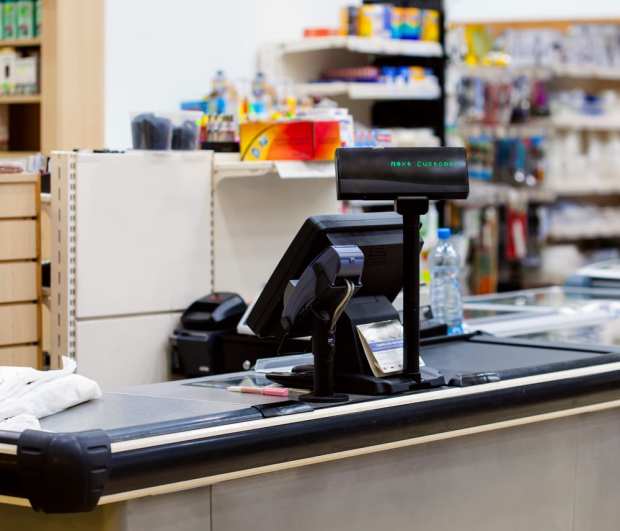Retail’s Staffing Stumbling Block

For the most part, the employment picture in the United States is strong. Last week’s jobs report indicated 196,000 positions were added to the U.S. economy in March, beating analyst expectations and demonstrating a big bounce back from an unusually weak February. Initial reports indicated only 20,000 were added, though last week those figures were adjusted to a better, but still low, 33,000.
“We think the labor market is the strongest thing in the U.S. economy right now,” Luke Tilley, chief economist at Wilmington Trust, told The New York Times.
But not all labor market strength is distributed equally – and the retail segment continues to lag. In March, it was reported that retailers announced plans to cut 4,860 jobs, bringing its first-quarter retail segment losses to 46,061. On the downside, that is more cuts than any other sector. On the upside, it is less than the 56,526 jobs cut in the retail segment during the same quarter in 2018. All in, 2018 saw 98,563 retail job cuts, the highest total since 2009, according to the outplacement firm Challenger, Gray and Christmas.
And the cuts, Vice President Andy Challenger told CNN, are still coming – and could very well become larger. Stores that are just barely holding on during a massive economic expansion, he noted, won’t have a bright future should the economy turn down, which means paring down the staff is more likely to be the rule rather than the exception.
Many of those losses are due to store closures. As of the end of the first quarter, nearly 5,000 (4,810, to be exact) retail locations were marked for shutdown, as players like The Gap, Abercrombie and Fitch and Dollar Tree are markedly cutting back their physical footprint. When a store closes, the jobs more or less go with it, even if some staff can be reshuffled to other locations.
But store closures are only part of the problem when it comes to flatlining retail employment, as there is also evidence that employees in stores are consistently working less. According to the Bureau of Labor Statistics, the amount of weekly hours retail workers have been putting in has been dropping consistently over the last seven years, and is now slightly below where it was at the low point of the Great Recession.
And that, according to a study by Wharton Professor Marshall Fisher and Tuck Professor Santiago Gallino, is because retailers are feeling the pressure of online sales and trying to maximize their margins. By trying to align their stores’ labor forces to a percentage of their expected sales, they tend to overlook the fact that store labor impacts sales. If they start to cut their sales force to save funds, the report notes, they run the risk of damaging their relationships with the customers who are still coming in.
“In the worst case, this approach leads to a spiraling effect: a low sales forecast leads to reducing labor, which leads to lower sales and so on,” the report noted.
It’s a bad approach, and one that does damage – but it is a tempting path, even given its potentially negative effects.
“Because setting the store staffing level involves a tradeoff between a known and immediate payroll cost vs. a benefit of increased sales and gross margin that is both uncertain and to some extent will happen in the future, there is a tendency to over-weight the known, immediate cost and therefore understaff stores,” the report authors write.
This in turn ends up being an investment in saving money and, in many cases, turning off the customer – even in cases where the retailer has sought to balance out the lowered staff headcount with automation or technological advances. According to a consumer study by PricewaterhouseCoopers, only 3 percent of U.S. customers are looking for experiences that are as automated as possible, while 71 percent report human interaction is critical to their retail experience, and 64 percent report retailers have lost touch with the human element of the customer experience.
Retailers can cut back on staffing to save money in the short term. But in the longer term, it seems those cuts are killing the in-store consumer relationship. And, for all the concerns some have about automated machines replacing humans, it seems most customers aren’t quite ready for that type of interaction.
Which means retail has a staffing stumbling block – because trying to do less with more seems to end up a lot more on the “less” side when it comes to bringing customers into the shop.
